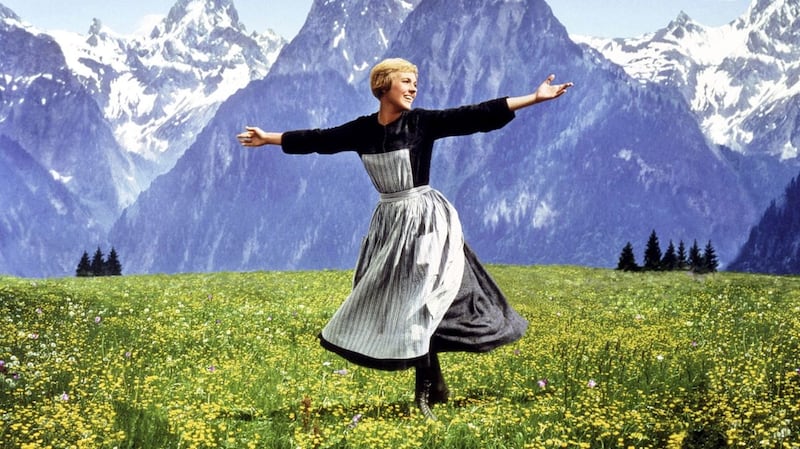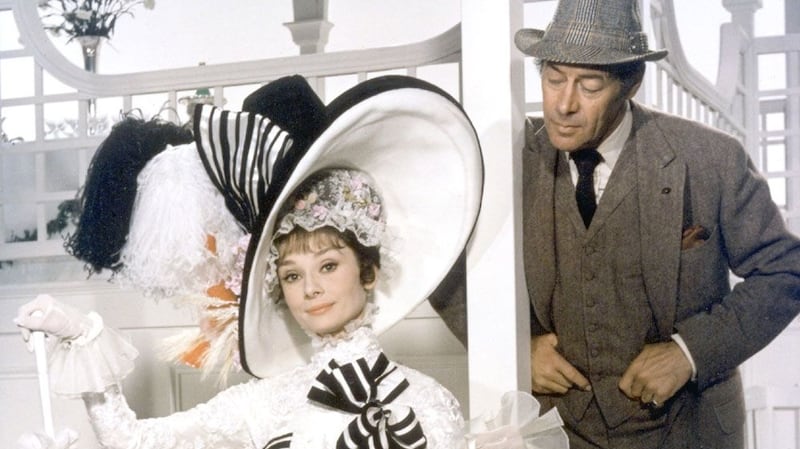Audiences have complicated attitudes to a number of film genres. Once head-over-heels in love with the western – a sub-industry for most of the 20th century – the cinemagoing public now regards that form as worthy of only an occasional half-interested glance. The romantic comedy was still a huge player 15 years ago but, following degradation into the patronising “chick flick”, the genre has now been relegated largely to Netflix. Not a single film reasonably meeting that description (the closest was probably Little Women) registered in the box office top 50 for 2019.
The arrival this week of In the Heights reminds us that the most dysfunctional relationship of all is that between the public and the musical. The form was once even more popular than the western. Then it went away for a while. Then it became something else. Then it came back as something a little more like itself.
Plenty of people don’t like westerns or science-fiction, but the hatred expressed for musicals is on a different level. The traditional incarnation of that form frustrates the logical sensibilities (“Where did the orchestra come from? Why are they singing in the street like maniacs?”) of people who are perfectly willing to accept giant killer lizards from beneath the ocean. God forbid that Godzilla should warble a few lines of Sondheim before levelling Tokyo. That would just be silly.
The number of people wondering if they were “the only person who hated La La Land” after that film’s successful release in 2016 was something else. No, you’re not. There are millions of you and none of you are shy about mentioning the fact.
Wearisome pedants
Musicals were a staple from the moment sound arrived. Rouben Mamoulian’s brilliant Love Me Tonight, released as long ago as 1932, defied conventions even as it was creating them. Busby Berkeley’s extravaganzas defined the art of escapism during the Great Depression. Why would the form not succeed? For centuries, opera and musical theatre variations had entertained live audiences. The convention that still annoys so many wearisome pedants – song standing in for dialogue – had been accepted before the invention of gunpowder.
One might reasonably assume that the 1960s did for the musical in much the same way they did for the western. Those things were for The Man (and The Woman, presumably) in suburban bits of Squaresville. Right? At the top of the cinematic tree nothing could be further from the truth. It remains a startling fact that four of the best picture winners at the Oscars in that decade were bona fide, no-cooking-the-books musicals: West Side Story, My Fair Lady, The Sound of Music and Oliver!. The Sound of Music, finally passing out Gone With the Wind, became the highest-grossing film of all time on release in 1965. It remains the sixth-highest grosser ever after adjustments for inflation.


Hollywood had some difficulty making sense of those successes from the swinging decade. Huge musicals such as Dr Doolittle, Hello Dolly, Sweet Charity and Paint Your Wagon flopped. But Fiddler on the Roof did well in 1971 and, a year later, Cabaret took enough money to (ahem) make the world go round on its way to a notable record at the Oscars. No film has won more awards – the Liza Minnelli tuner took eight statuettes – without securing best picture.
Traditional musicals thinned out in the late 1970s (it remains a stretch to fit Saturday Night Fever into that category). But, in 1978, Grease arrived to dominate the pop charts and, exploiting the gap between Star Wars films, become the most profitable film of the year worldwide. It was huge in its home territory. It was huger still in the UK and Ireland.
Going underground
By the 1980s, the form had, however, gone properly underground. Looking at the top 50 highest-grossing musicals, we find no title released between Grease and Disney’s Beauty and the Beast in 1991. If you allow animation into the camp, those films have kept the flag flying for the formal musical ever since.
And yet. The live-action feature involving non-diegetic score and sung dialogue remains resilient in a way the western just can’t manage. Many people still hate the things. But, in recent years, audiences have made massive hits of Mamma Mia!, The Greatest Showman and – in your face, “Am I the only person…” guy! – La La Land.
In the Heights, a busy, deeply wholesome translation of Lin-Manuel Miranda’s stage show, arrived to ecstatic reviews and ho-hum box office in the US last week. Even if it doesn’t prove to be a slow burner (and it still could), nobody should see disappointing takings as a sign the musical is dead. Audiences seem set to continue their dysfunctional relationship as long as the medium survives.
Something’s coming, something good. And it might just be Steven Spielberg’s West Side Story at Christmas.
















